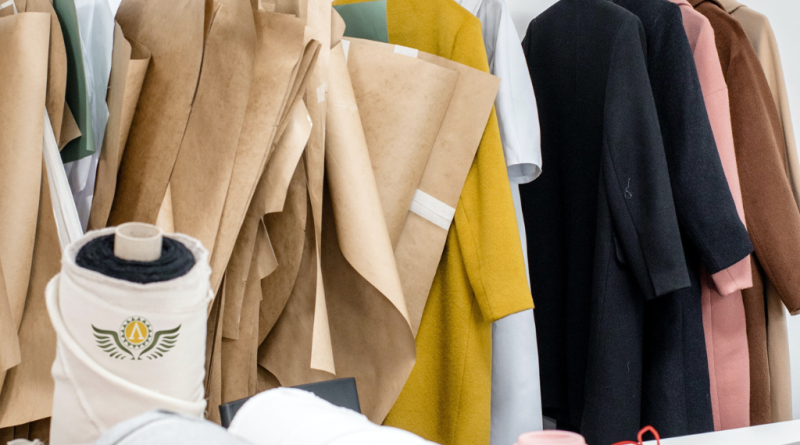Does The Material Use To Manufacture Filter Cloth Selection?
To choose the right Filter Cloth Selection, it’s important to know what type of material it’s made from and how durable the material used to manufacture it is. Several different material types can be used in the manufacturing process, and they vary in price, durability, and versatility. All these factors need to be taken into consideration before choosing the right type of filter cloth you need to use in your specific application.
What Is A Filter Cloth?
A filter cloth is a mesh-like material that is placed between a pressure vessel and its contents. Filters help remove particulate matter, or solid objects, by using pressurized air or liquid. Different types of filters include things like coconut shells, sand, or even diamonds in some industrial applications. Pressure vessels act as containers to hold gas or liquids, and a filter cloth helps separate those contaminants from what you want to keep inside.
Membrane filter plates can be made of many different materials including glass fibre reinforced plastic (GFRP), stainless steel, non-woven fabric materials such as PTFE and other woven fabrics commonly found in carpets. All of these materials are designed for specific filtration purposes and have their benefits and drawbacks.
In addition to contamination, the type of membrane filter plate used will depend on the flow rate required during filtration. For example, if you’re filtering water for drinking purposes then your flow rate may need to remain high enough so that people don’t get thirsty while waiting for their drink.
What Happens When Your Filter Cloth Fails?
Filter cloths fail when they begin letting particles through that shouldn’t. it will get progressively worse with time. This means you’ll need new or additional filtration sooner than anticipated. You might have an employee on disability for a long time if something slipped through the cracks.
To reduce expenses and ensure worker safety, ensure your filter cloth selection is good enough to maintain solid filters throughout its entire service life. Use Membrane filter plates from Filter Press Manufacturers In India. Using the best raw materials and the latest technology. The manufacturing process also creates membranes that are uniform in thickness and dimension. So they fit well into any press design, which results in better filtering performance and longer service life.
Our membrane filter plates are also highly effective at removing even sub-micron contaminants from liquids. And unlike ordinary flat sheet membranes. Our hollow fibre membranes are strong enough to withstand high-pressure washing without causing structural damage or leaking during use. Plus, they’re easy to clean using standard techniques because they don’t contain any moving parts inside. Just make sure your cleaning methods don’t compromise their integrity!
How Long Does It Take For A Filter To Fail?
In a perfect world, filters would never fail. Unfortunately, it’s not always easy to select materials that can stand up against whatever challenges you may encounter. For example, chemical resistance is a crucial factor for filter press manufacturers in India and membrane filter plate suppliers alike. Chlorine and other chemicals could impact pressure gauges, instrumentation components and much more if left unchecked. This is why knowing your application is vital before selecting a material.
Your filter press manufacturer will offer recommendations but ultimately. It’s your job to know what can affect your process while selecting or troubleshooting materials. After all, quality isn’t something you should ever compromise on. Remember: Not all membranes are the same. Choose wisely when choosing membrane filter plate manufacturers in India. And make sure to ask plenty of questions about your options!
What Are The Different Types Of Filters?

When shopping for a new filter cloth or membrane filter plate. You’ll come across a variety of terms that refer to three key characteristics: openness, particle size rating (PSR), and mesh count. In general, more open cloths have smaller pores than more closed ones; In terms of removing fine particles, they are less efficient. Although larger pores do make them easier for a liquid to pass through. Larger holes also create a vacuum behind smaller openings that pull water through even more quickly.
Thicker filters have bigger holes. Fewer of them per square inch because they cannot handle pressure as well as a thinner membrane. A PSR represents the number of microns trapped by each square inch of screen material at 100% efficiency.
For example, if your membrane filter plate has a PSR of 10, it means that every square inch of your membrane can trap 10 microns or smaller. The higher your PSR rating, the finer your filtration will be—and obviously. It is not possible to get anything below zero on any kind of scale.


